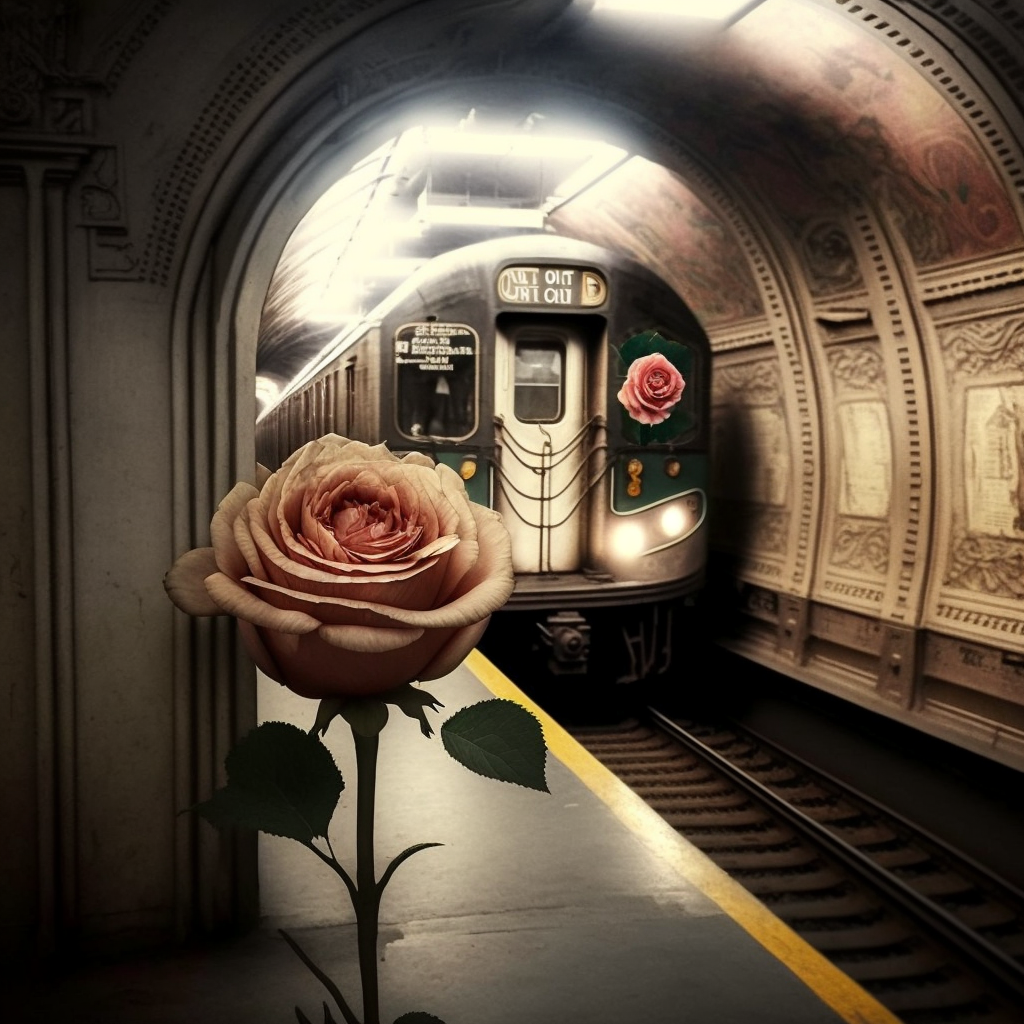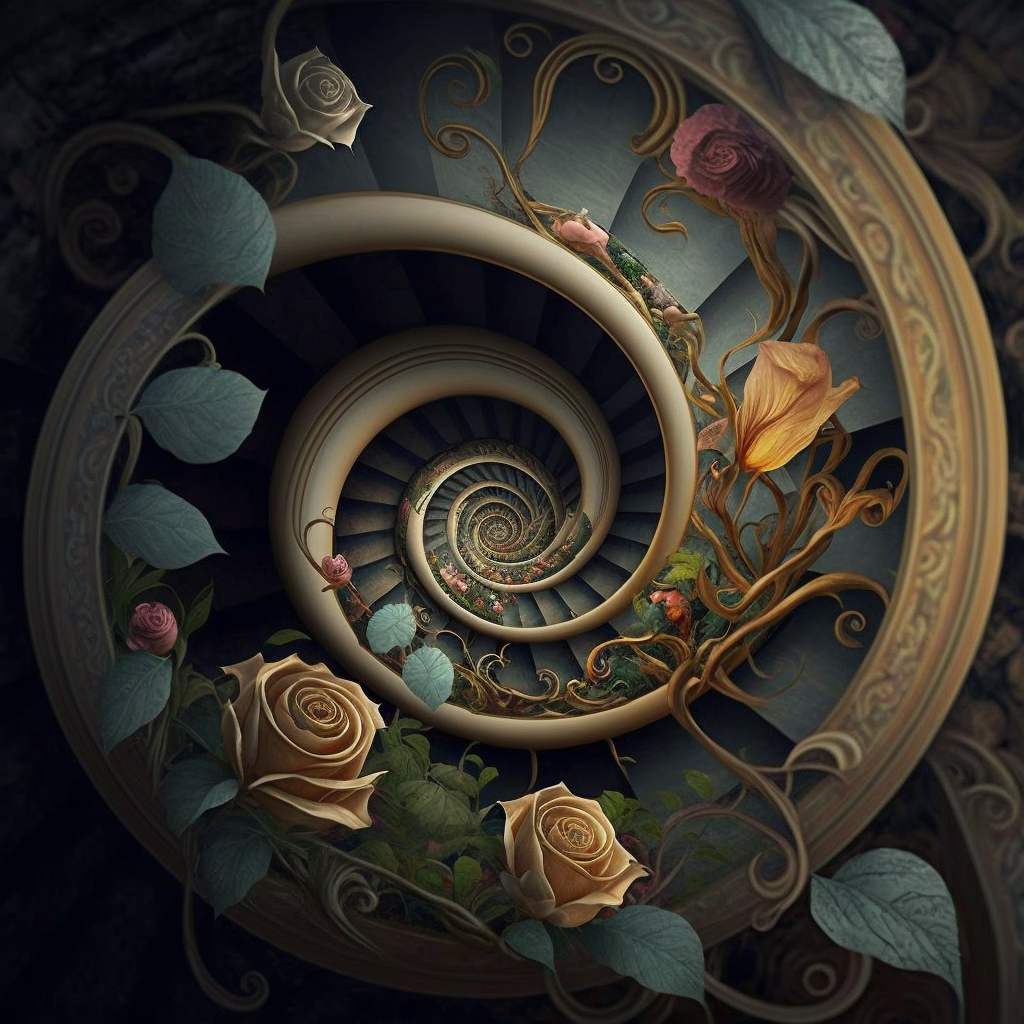Whose Renaissance?
New York City Renaissance, as art and archetype.

Artists are known for composting adversity, and the recent plague is no exception. It is often noted that the black plague, which affected Europe during the mid-1300’s, directly influenced the Renaissance with its flowering of art, poetry, architecture and music. If we pay attention to what scientists, scholars and activists are predicting, this recent pandemic and the alteration of our concept of normal was actually a small inconvenience compared to other looming existential threats like climate extinction or nuclear warfare.
The French philosopher Blanchot states that “disaster” enables a radical change that introduces a wholly different logic into our thought process. When we are confronted by an abrupt end of our concept of linear time, we are carried into the realm of synchronicity. The words pandemic, panic and pandemonium all relate to the demigod Pan, known for all sorts of mischief, including promoting orgiastic rites with nymphs in the forests. Death and Rebirth are always side by side in human consciousness.

Recently in New York, I keep having the same conversation: the city is going through a rebirth, a renaissance, it’s the place to be, the artists have returned. And all of this is true. The other night I was having this conversation yet again when my gaze wandered over to the nearby Gowanus Canal, one of the most intensely polluted bodies of water in America. Later when I got back to my computer, I started researching other toxic waste sites located in and around NYC and Brooklyn. I found a lovely site map that looks like an abstract expressionist painting displaying our collective toxic entanglements: a blue star takes on new meaning as an oil tank failure, a red cross as a priority superfund site, a brown circle for a brownfield site. Living in a city means accepting that one’s life is constantly influenced by unseen others: pollutants, chemicals, pests, molds—this is part of the territory. But just as we are unable or unwilling to go back to a pre-pandemic normal, a new way of calculating the more-than-human cost of culture is evolving. The core myth driving the last several thousand years of human endeavor was the hero’s journey, an attempt by ancient man to claw out of the maw of the Great Mother, but the capitalocene’s hyperfocus on progress, achievement, acquisition, evolution, inadvertently creates the conditions for mass extinction. If there is to be a new renaissance, let it be a step away from the quest for universal truth (Uni means centered around the one) into something more subjective, intimate, structurally complicated and circular. A spiral renaissance, a bloom, an interwoven narrative that contains the past, present and future. Not an end of history, but rather an end of androcentrism.

***
Juliet Rania is a writer, performance artist and ritualist living in New York City. She holds a Bachelor's Degree in Writing and Anthropology from New School University and a Master’s Degree in History from Sarah Lawrence College. She is the founder of The Source, a wellness community located in Woodstock, New York. She is also a spiritual representative of the Nur Ashki Jerrahi Sufi lineage and is a ritual practitioner in the Italian tradition of the Black Virgin. She is a co-founder, vocalist and percussionist in the Persian Music Ensemble.
